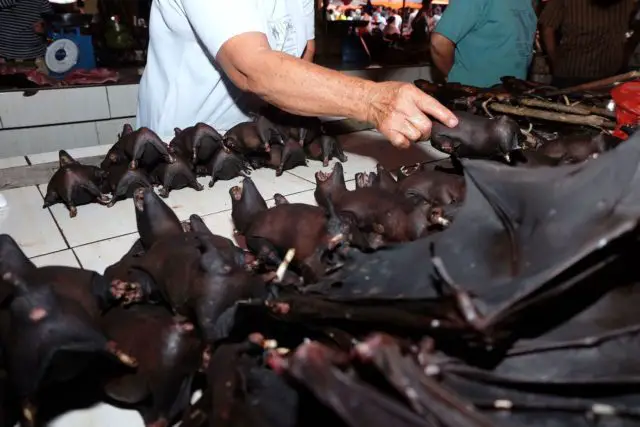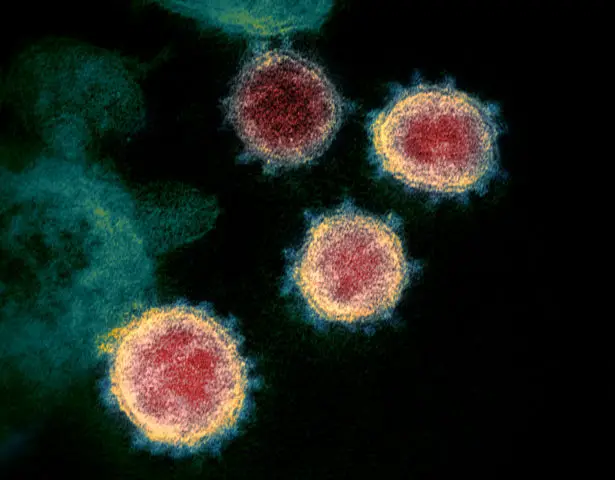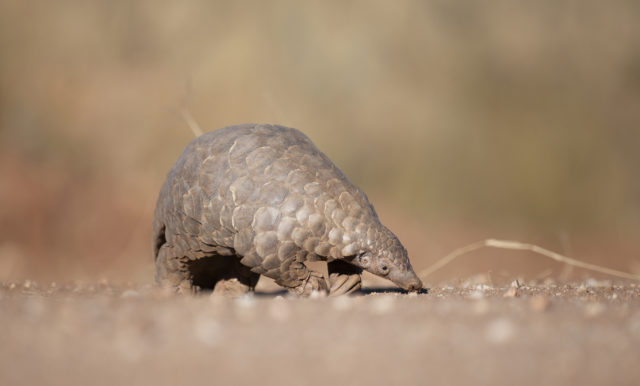
The studies that have been carried out after the appearance of the Coronavirus, indicate that it has an animal origin, where bats are the main carriers of a considerable amount of this virus.
How the COVID-19 originates

Somewhere in China, a bat flies through the sky and leaves a trail of Coronavirus in its droppings, which fall among the forest foliage. A wild animal, possibly a pangolin that is looking for insects for dinner among the leaves, makes contact with the excrement … and with the virus.
Then the Coronavirus circulates among these wildlife animals. Eventually, one of these is captured coming into direct contact with humans, and then somehow a person becomes infected. Then this individual, in turn, transmits it to other persons in markets, where wild animals are sold. Thus, a global outbreak of COVID-19 is born there.
Scientists are trying to prove the truth of this scenario as they advance their research into how animals are vehicles for transmitting this virus that now poses a very serious threat to humans.
A wide range of animals may have served as a “host” for the virus, especially the bat, known to carry a considerable number of different coronaviruses. When you consider the way they live, it is normal for them to have a wide variety of viruses, and since they are mammals, there is a possibility that some of them could infect humans directly or through some kind of “intermediate host,” says Professor Jonathan Ball of the University of Nottingham.
The bat is a carrier of the coronavirus, but who incubated it?
The other part of this puzzle is to determine the precise identity of the mysterious animal that incubated the virus in its body and possibly caused it to end up in a market in Wuhan, China, where the epicenter of contagion originated.
The main suspect is the pangolin.

This animal, a mammal that feeds on ants, is perhaps the most trafficked species worldwide. Its skin is in high demand for medicinal use in China, although its meat is also sought in other countries.
Coronaviruses have been detected in pangolins and, according to some scientists, a type very close to the present coronavirus that is causing this outbreak. Could it be that the bat virus and the pangolin virus may have altered their genetics before spreading to humans? This is where the experts are cautious.
A complete study on the pangolin has not yet been delivered, because the information is so far impossible to verify scientifically, however, the provenance and the number of pangolins examined so far by the researchers is important data.
“But some questions remain about the analysis: Were animals able to be examined directly in the wild (crucial for precise results) or were they simply pangolins that were already on the Wuhan market, in which case the conclusions as to whether they are the carriers of the virus are not robust enough,” added Professor Cunningham.
Pangolins and other wildlife, including a variety of bats, are widely sold in Chinese markets, making it easier for the virus to spread. “These markets create the ideal conditions for viruses to mutate and jump from one species to another, including humans,” adds the professor.
Many of the viruses that have become familiar – due to their range of spread – in recent years originally came from animals, such as Ebola, HIV, SARS and now the COVID-19. Professor Jones insists that this could be due to our ability to detect them, at the same time more ubiquitous connectivity or the invasion of wild habitats, “changing landscapes and coming into contact with new viruses that the human population has not seen before.”
Let us hope then that the investigations that are being carried out around the origin of the COVID-19 will come soon so that the necessary measures and precautions can be taken to prevent this virus from continuing to spread from animals to humans

